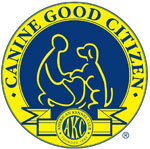I’m trying something new this year for heart worm prevention and giving liquid Ivomec to the dogs. It’s substantially cheaper than Heartguard or Interceptor, while offering the same protection.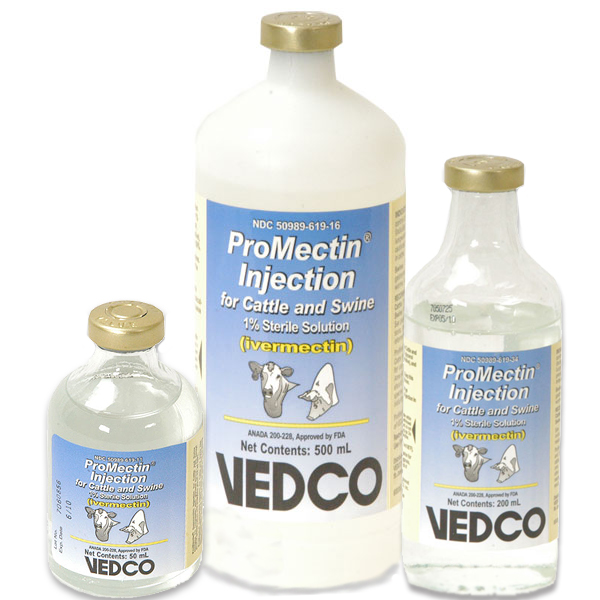
After having my vet perform a heart worm check on both dogs, and having it come back negative, I purchased Ivermectin from Jeffers Pet Supply (1% Iovmec). Ivermectin is the active ingredient in Heartguard. I also purchased needles & syringes from Jeffers to be able to draw out the correct dose.
I made the mistake off purchasing the 200 ml bottle, hoping it would last me several years. However, the expiration date on the bottle that I received is in 2010. Next time I’ll be purchasing the 50 ml bottle, which will be able to treat both of my Danes for the entire HW season.
The Ivermectin is stored in my refrigerator and the dogs are dosed every 30-45 days. To dose the dogs, I’m calculating 1/10 cc per 10 lbs. of dog weight. This is given to the dogs orally. I draw the solution out of the bottle with the needle & syringe and then either take the needle off and squirt it down the dogs’ throats or add it to a treat and then give it to them.
Please note: Ivermectin can not be given to certain breeds because of a genetic defect in the mechanism that prevents drugs from building up in the brain. This mutation is recessive and is called mdr1-1Δ. The normal gene that protects the brain is called MDR1. There is now a commercially available test you can do on your dog if you’re unsure if they have this sensitivity – Multidrug Sensitivity in Dogs. They list the most commonly affected breeds as:
Australian Shepherd
Australian Shepherd (Mini)
Collie
Long-haired Whippet
McNab
Silken Windhound
Additional information on this prevention method:
www.beaglesunlimited.com/beaglehealth_canineheartworms.htm
forums2.gardenweb.com/forums/load/farmlife/msg0713514016840.html
Update on my leg – healing well! No surgery and I can stay in a boot as opposed to a cast (luck of it being a non-weight bearing bone).


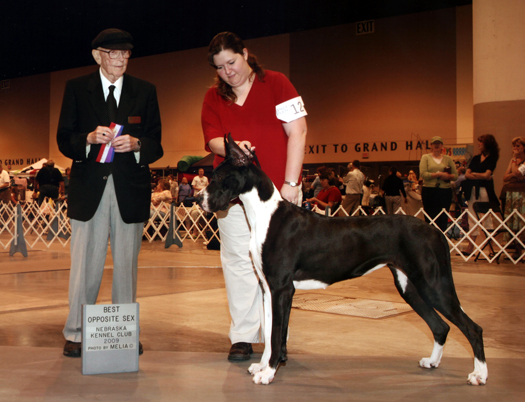









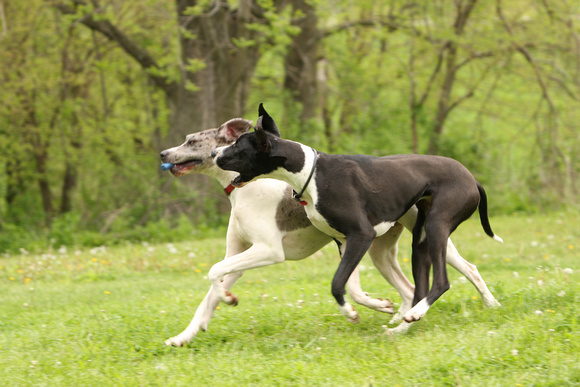





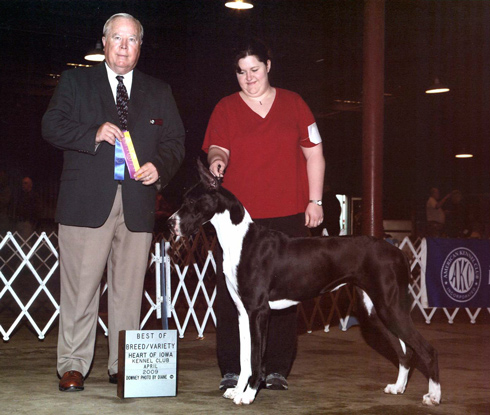
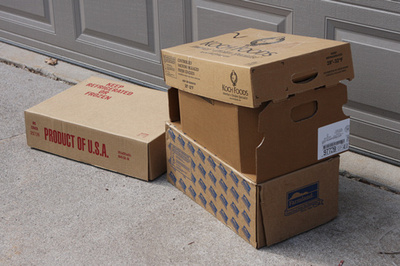
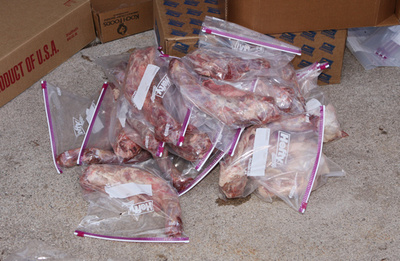
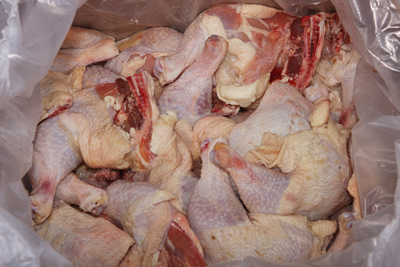
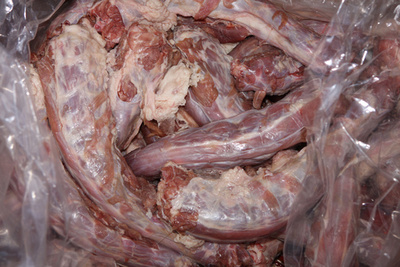
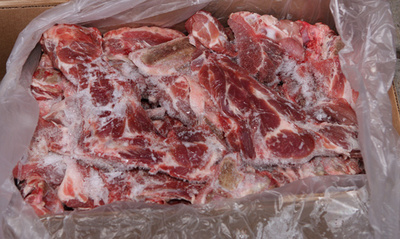
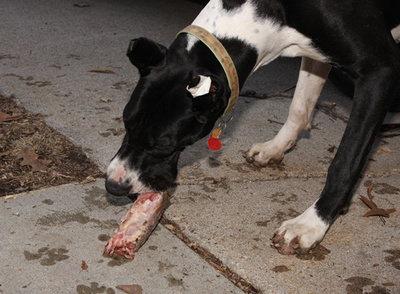
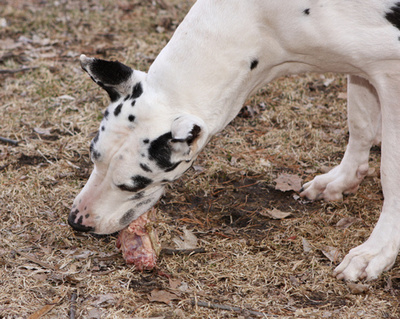

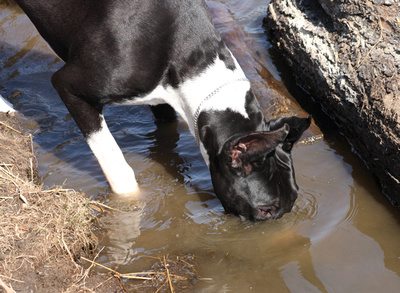




 There are different types of international championships. Typically, in the US when you hear about Int’l titles, it refers to the
There are different types of international championships. Typically, in the US when you hear about Int’l titles, it refers to the 